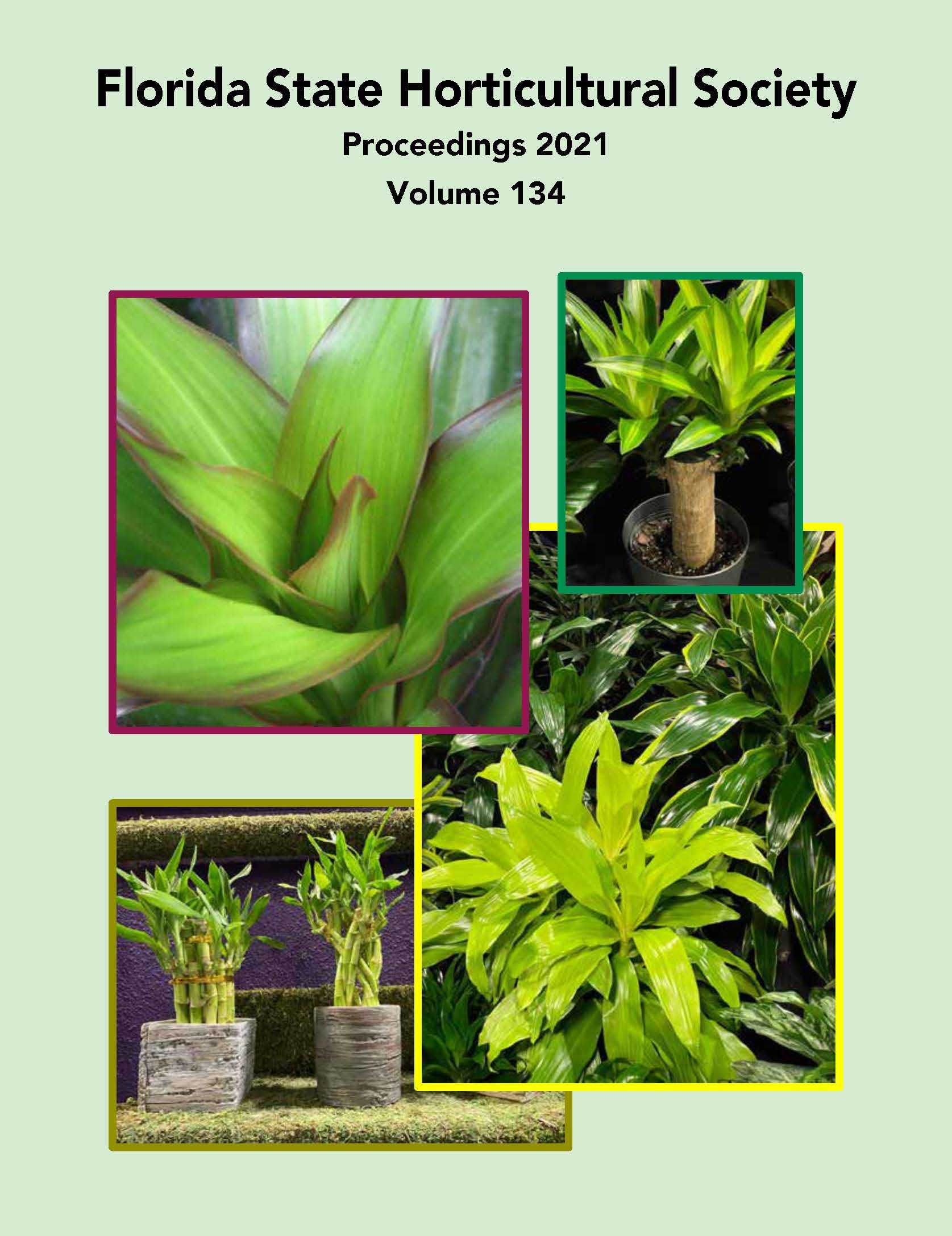Renewed Potential for Caimito (Chrysophyllum caimito) and Guanábana (Annona muricata) in South Florida?
Abstract
Caimito and guanábana were first introduced into Florida in 1833 and sometime before 1879, respectively. Both species are cold and chill sensitive and were therefore recommended for only the warmest areas of south Florida (e.g., the Keys and along the extreme southeastern and southwestern coastal counties, Miami-Dade, Broward, Sarasota). Despite the environmental challenges, interest in these species has not declined over the years with re-assessments as to their potential periodically discussed and touted. Despite their intolerance to cold weather and windy conditions, small commercial plantings and scattered dooryard trees continued to be planted over the next 100+ years. The demand for caimito and guanábana fruit has grown along with the increase in immigrants from Latin America, the Caribbean, and S.E. Asia into the U.S. Until recently, the cool to freezing temperatures experienced in south Florida precluded commercial expansion of these fruit. However, as the climate has warmed, and the frequency of freeze events has decreased, renewed interest and planting of caimito and guanábana has increased. This paper will discuss the status, environmental conditions, and cultural practices that enhance chances for successful production of these fruits.

